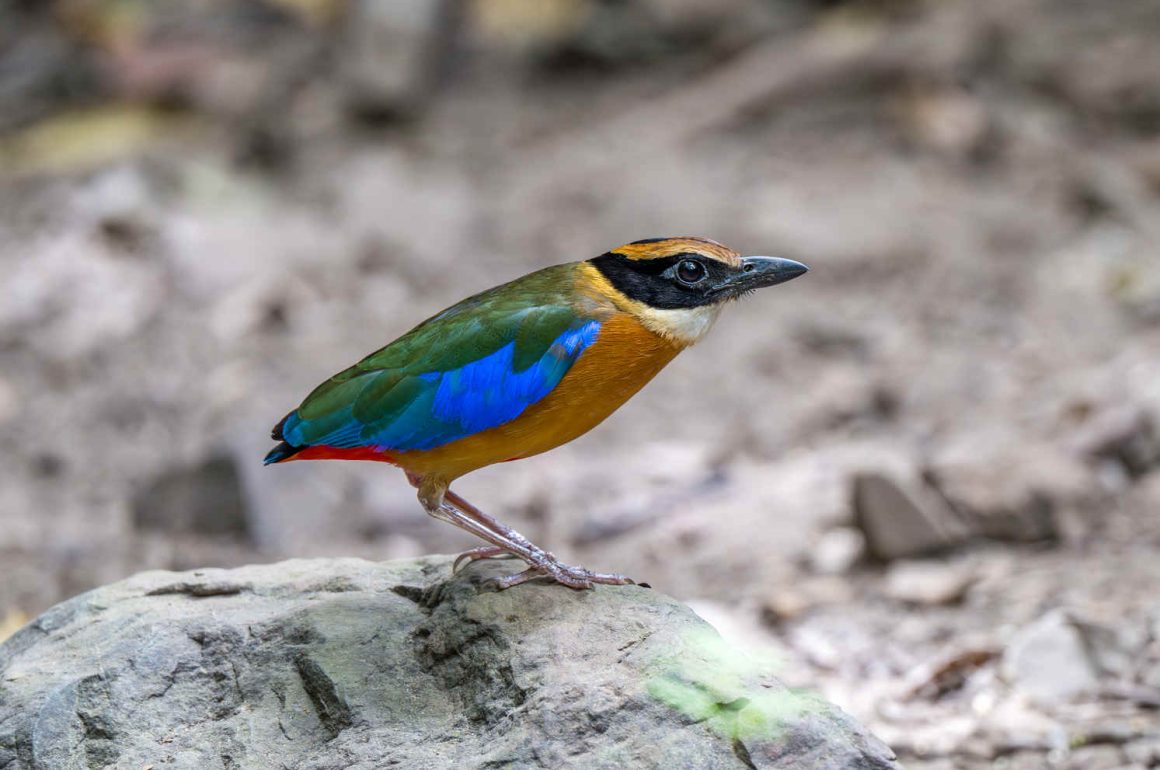
eBird calls the Blue-winged Pitta a “beautiful, rainbow-colored inhabitant of tropical forests”.


The scientific name Pitta moluccensis indicates that this bird lives on the Moluccas, a group of islands in the Dutch East Indies – which is not even correct for its non-breeding season. It is breeding even further North, specifically in Vietnam, Laos, Cambodia, Myanmar, and Thailand, which is where I saw it.


At least in Kaeng Krachan (Thailand), it seems to be quite common, given how frequently you can hear it. It does not seem to shy away from inhabited areas, which even includes the grounds of the Baan Maka Lodge, where I stayed.


It even seems to build a nest nearby.

Being close to people may not always be wise, however – the HBW notes that the pitta is sometimes hunted and “figures prominently in the cagebird trade.”


Possibly, this is a reason why the species occasionally likes to stay close to the police – a paper describes a pitta “near police lookout post at Narcondam Island” and “searching for food near kitchen waste outlet behind kitchen at police lookout post on Narcondam Island.”


The pitta was also found to be breeding in Singapore – a paper has nice photos of nests and nestlings.


I am almost sure I have complained about the pun in a paper titled “Pittas for a pittance” before. Among other species, it mentions Blue-winged Pittas showing up in Indonesian bird markets despite this being illegal. Probably most of these bird markets are close to police stations as well, but that does not seem to help, at least in Indonesia.





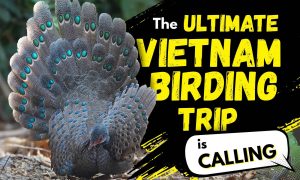


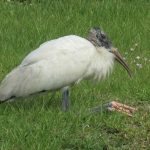

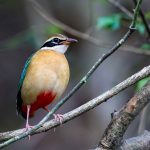
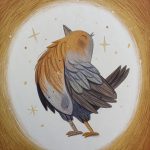

Leave a Comment